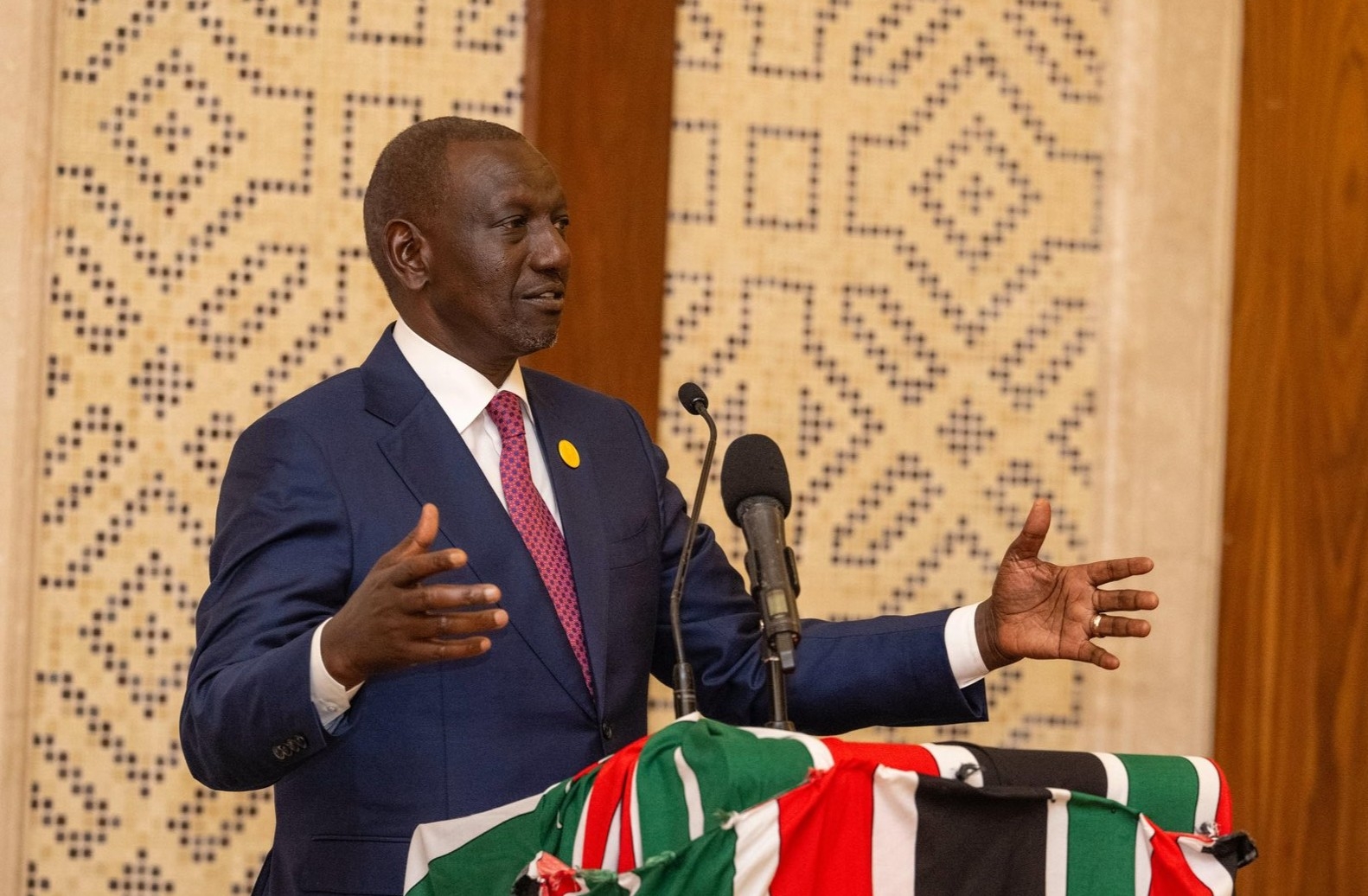
By HARRY KIMTAI
The journey to the Social Health Authority was rooted in a critical examination of the National Hospital Insurance Fund, which had long served as a cornerstone of Kenya’s health financing landscape since its establishment in 1966.
Initially designed to provide essential health services, the NHIF was expected to play a pivotal role in achieving universal health coverage.
However, its track record revealed significant shortcomings that ultimately hindered its effectiveness in delivering quality healthcare.
Over the decades, as the health needs of the population evolved, the NHIF became synonymous with disappointment for many citizens.
The mounting evidence of its inadequacies necessitated a transition to Social Health Insurance through SHA, a reform aimed at addressing the deep-rooted challenges associated with NHIF and provide equitable health care for all Kenyans.
One of the most glaring issues that plagued NHIF was its inadequate benefit package. Many Kenyans discovered that, despite their diligent contributions to the Fund, the services available to them often fell far short of their expectations.
The Health Financing Report of 2018 highlighted that NHIF's reimbursement rates for healthcare providers were dismally low, creating a disincentive for facilities to engage with the Fund.
Consequently, numerous healthcare providers limited the services they offered to NHIF members or opted out of the network entirely, thereby compromising patient access to essential healthcare services.
The report pointed out that, despite the Fund's intentions, many Kenyans found themselves having to seek additional out-of-pocket payments for treatments that should have been covered.
Moreover, NHIF was marred by inefficiencies and a lack of transparency, which became increasingly apparent over the years.
Allegations of mismanagement and corruption fostered a climate of distrust among the public. The Health Financing Report revealed nearly 70 per cent of the Kenyan population continued to pay out-of-pocket for healthcare — a stark indication of NHIF's failure to provide adequate coverage.
This growing discontent resonated in community meetings and public forums, where citizens expressed frustration over their contributions failing to yield tangible benefits.
Compounding these issues was the limited outreach and educational campaigns conducted by NHIF. Many potential beneficiaries remained unaware of their entitlements or how to navigate the convoluted system, further exacerbating the gap in service provision.
This disconnect between the Fund's lofty objectives and the lived realities of its members underscored a fundamental flaw in its operational model, leaving many citizens feeling neglected and underserved. The legal framework surrounding NHIF also proved insufficient in enforcing accountability and ensuring that the Fund met its mandate.
A report titled "Universal Health Coverage (UHC) Laws: A Guide to the Future of Health in Kenya," published in 2019, highlighted the absence of clear regulations and enforcement mechanisms.
This led to inconsistencies in service delivery, creating exploitable loopholes that undermined the overarching goal of achieving universal health coverage. The lack of accountability further alienated citizens from a system they had hoped would safeguard their health.
Recognising the myriad challenges facing NHIF, the government initiated the transition to the Social Health Insurance model.
This new model will pool resources and risks such that the people who can will pay, the people who cannot pay will be paid for and everyone will benefit.
The Social Health Insurance model is anchored in the Social Health insurance Act of 2023 which establishes the Social Health Authority (SHA).
The aim is to provide a more comprehensive, equitable, and efficient approach to health financing, addressing the limitations of its predecessor. The introduction of SHA was framed as a response to the mounting pressure from the public and civil society for a healthcare financing model that could effectively cater to the needs of all Kenyans.
SHA has been designed with a broader benefit package in mind, aspiring to enhance service delivery mechanisms.
The vision was clear: all Kenyans should have access to quality healthcare without facing financial hardship. The emphasis on primary healthcare was particularly notable; SHA recognised this as the foundation for achieving universal health coverage.
This focus aligned with recommendations from the World Health Organization that strong primary healthcare systems could significantly reduce the burden on hospitals and improve overall health outcomes.
The transition to SHA also incorporated community engagement strategies, allowing local populations to actively participate in health planning and decision-making processes.
This level of involvement became crucial for rebuilding trust and ensuring that health services were responsive to the needs of the communities they served.
A significant aspect of this shift was the commitment to addressing the gaps in public awareness regarding health entitlements, which had plagued the NHIF.
Moreover, SHA was poised to leverage innovative technologies and data-driven approaches to streamline operations and enhance service delivery.
By adopting advanced health information systems, the Fund could improve claims processing, monitor service utilisation, and facilitate better financial management.
This transition toward a more accountable and transparent system was deemed essential for restoring public confidence, which had been severely damaged during the NHIF era.
The UHC Laws Brief, also published in 2019, emphasised the necessity of a strong legal framework to support the transition to SHIF.
Such legal backing was considered essential to ensure that SHIF was held accountable for its performance and adhered to principles of equity and accessibility.
By enshrining these principles in law, the government aimed to promote greater accountability and safeguard citizens’ rights to access quality health services, thereby creating a more sustainable and effective health financing model.
As the shortcomings of NHIF became increasingly apparent, the public also began to rally for change, advocating for a system that truly served their interests.
The transition to the Social Health Insurance Fund was not merely a change in nomenclature; it represented a fundamental reimagining of how health financing could operate in Kenya.
It symbolised hope for a more comprehensive and effective approach to health coverage, promising to restore public confidence and pave the way for universal health coverage in the country.
While the NHIF had served as a critical component of Kenya’s health system since its inception, its ineffectiveness underscored the urgent need for reform.
The shift to SHA marked a significant step forward towards achieving Universal Health Coverage where all Kenyans will have access to affordable, equitable and quality health care irrespective of where they live or what they earn.
The shift to SHA is a new chapter in Kenya’s pursuit of health equity and justice, demonstrating the resilience of a nation determined to overcome its past challenges in healthcare financing.
HARRY KIMTAI, Principal Secretary, Medical Services
















